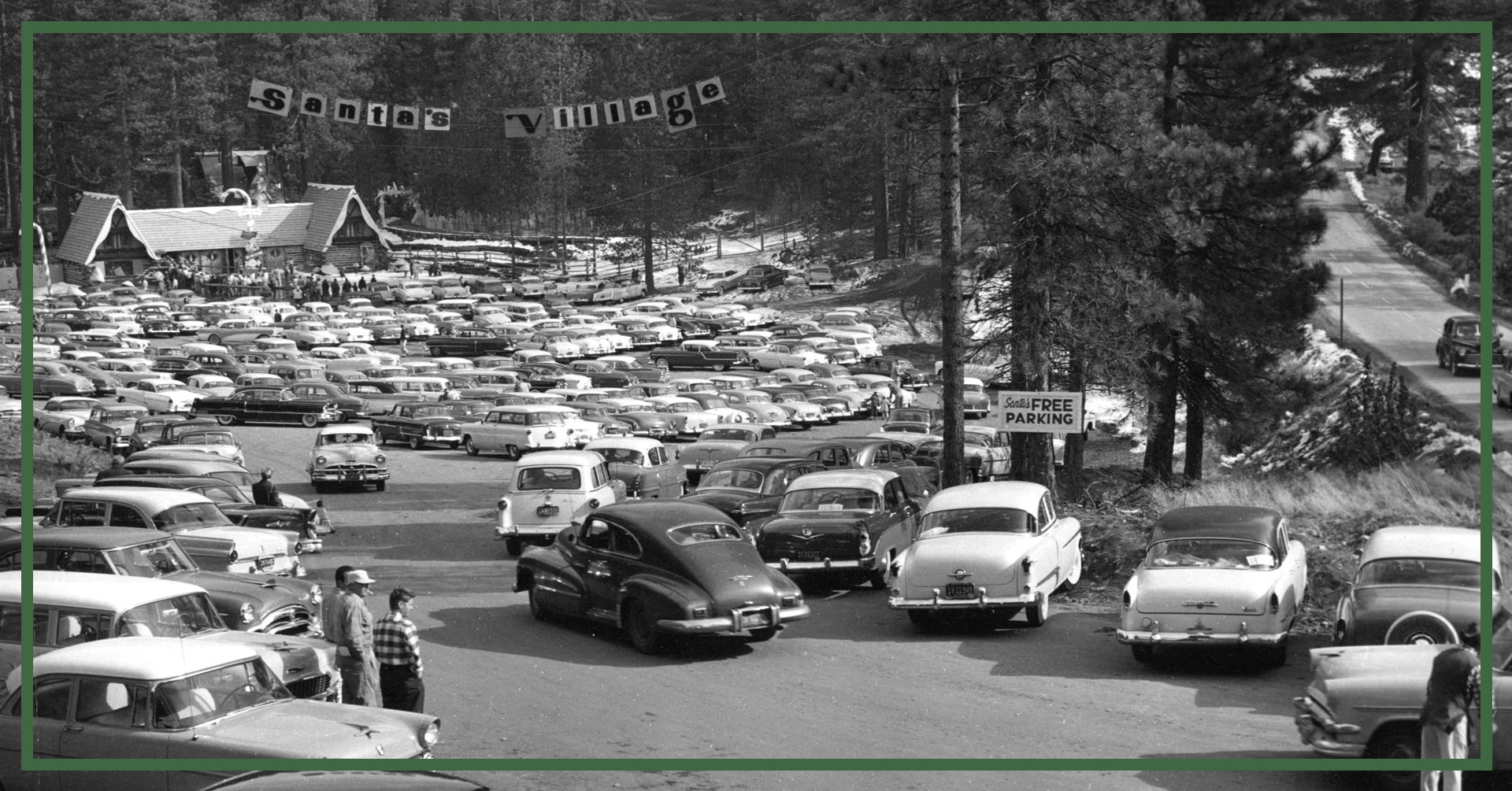High in the San Bernardino Mountains lies a whimsical theme park steeped in nostalgia and charm. For decades, Santa’s Village captured the hearts of Southern California residents, becoming a cherished destination for families and holiday enthusiasts alike. Though the original park closed its doors in the late 1990s, its magic didn’t disappear. With new ownership, thoughtful renovations, and the addition of a world-class mountain bike park, the property has been reimagined as SkyPark at Santa’s Village. But how did this beloved attraction come to be? What stories and secrets are hidden in its snowy past? Here are 10 fascinating things you (probably) didn’t know about Santa’s Village:
1. THE LAND WAS FIRST SETTLED IN THE LATE 1800S.
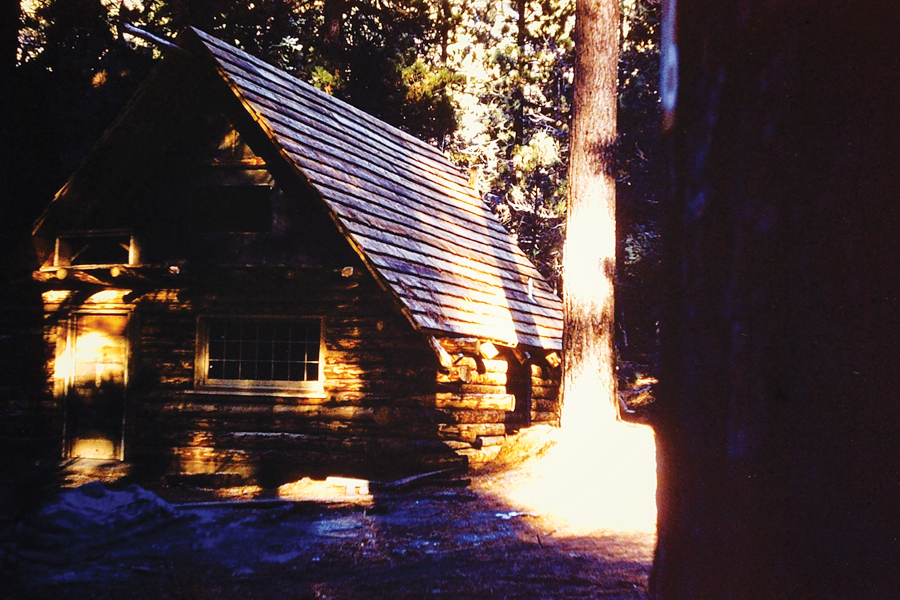
In 1862, the Homestead Act was signed by President Abraham Lincoln, which encouraged Western migration and allowed settlers to claim 160 acres of government-surveyed land. Skyforest, CA became a settlement as a direct result.
Not long after, the Kuffel family arrived on the mountain and cultivated a 640-acre parcel of land. Sometime in the 1920s, the Kuffle family sold part of their property to Joe and Mary Henck, who in turn leased it for the development of Santa’s Village.
2. THE ORIGINAL APPLE ORCHARD STILL EXISTS
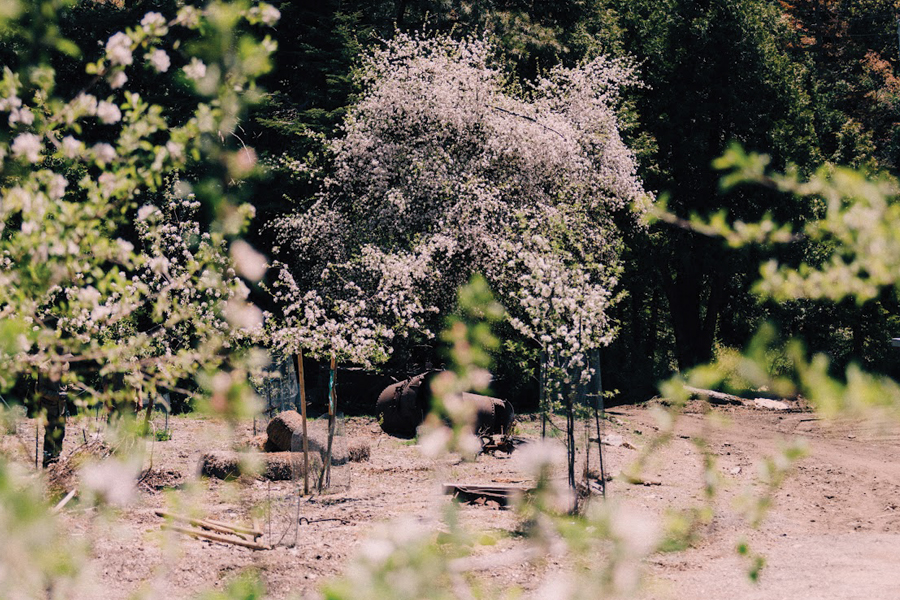
Kuffel Orchard, located behind Ladybug Pond, was planted circa 1890 when homesteaders settled the land. At one time, there were over 100 apple trees in the orchard!
After the original Santa’s Village closed, the Kuffel Orchard was decimated by logging companies and an infestation of Bark Beetles. Then, in 2014, it was discovered that seven of the apple trees from the original orchard had actually survived. In March 2015, new trees were planted that included a variety of pioneer apple species.
3. GLENN HOLLAND WASN’T THE FIRST DEVELOPER
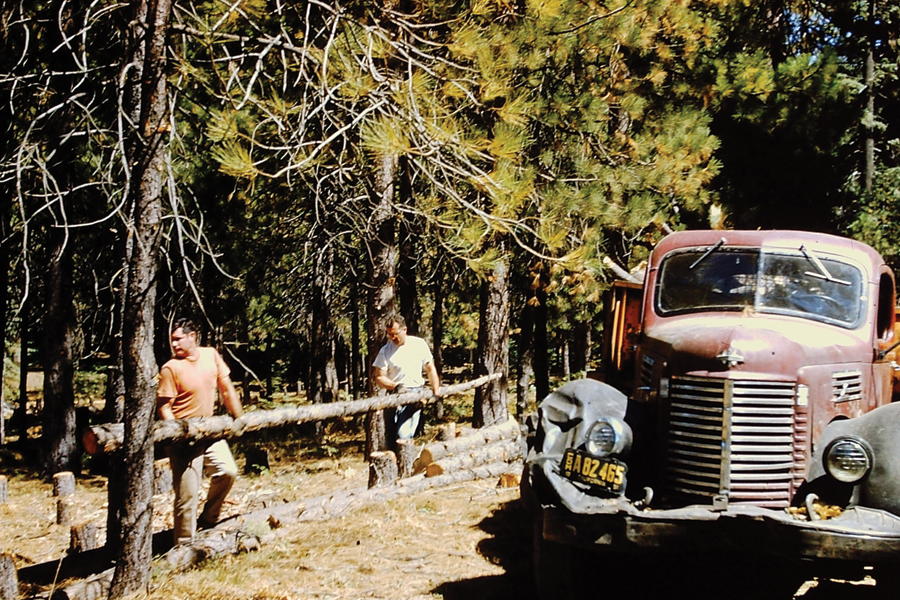
In 1949, the Saturday Evening Post ran an article about North Pole, a theme park in New York where children could meet Santa Claus. Later that same year, executives from the Talon Zipper Co. proposed the idea of opening a North Pole-style park in Skyforest, and even created a prospectus with conceptual drawings. However, the project never got off the ground and the plans were abandoned.
In 1953, developers Glenn Holland and Leonard Ray (having read the same Saturday Evening Post article) reached an agreement with the Henck family and construction of Santa’s Village began in ’54.
4. A LOCAL ARTIST DESIGNED THE MUSHROOMS
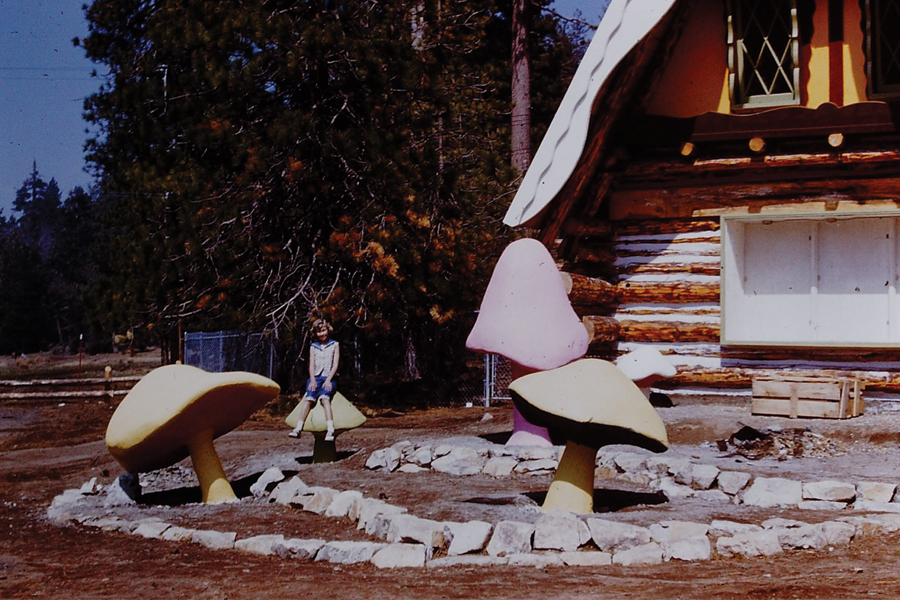
Glenn Holland envisioned a Christmas fairyland filled with oversized candy canes, gingerbread houses, and other classic fantasy imagery. To help bring Mr. Holland’s vision to life, local artist and plasterer Harvey Smith researched mushrooms and toadstools and designed the framework to build them. Harvey Smith was the son of the park’s plastering contractor, Fay Smith (Harvey’s mother was the Lake Arrowhead Postmaster for many years).
Many of Harvey’s mushrooms still exist in the Village today.
5. SANTA’S VILLAGE IS OLDER THAN DISNEYLAND

Santa’s Village opened Memorial Day weekend 1955, making it the first franchised theme park in North America. Disneyland opened six weeks later, in July 1955.
According to General Contractor Putnam “Putty” Henck, the team at Santa’s Village was a little worried when they heard that Walt Disney was opening a park the same year. However, it turned out to not be an issue. As Putty Henck noted, “when there is one good park, it makes people want to go to another good park.”
6. SANTA CLAUS USED TO CUT LOCKS OF HAIR
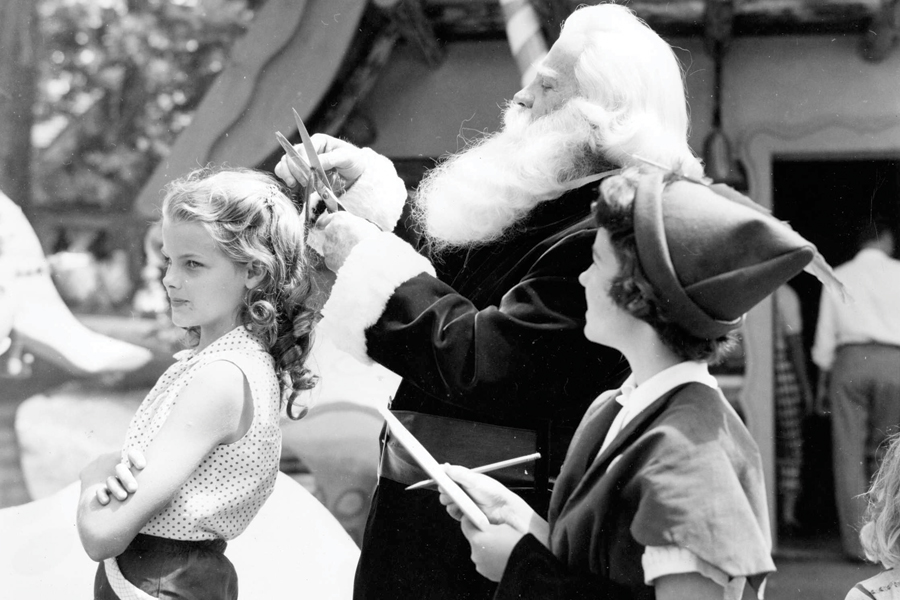
When the original Santa’s Village was in operation, it was common for Santa to snip a lock of his visitors’ hair.
Keeping a lock of hair as a memento is a practice that dates back thousands of years, and was particularly popular during the Victorian era. Among family and friends, exchanging a lock of hair is considered to be a sign of mutual affection. Reportedly, Santa kept the locks of hair in a special drawer in his house.
7. LIVE REINDEER WERE BROUGHT FROM ALASKA

A herd of 30 reindeer were imported from Alaska to be part of the magic of Santa’s Village. Guest had the opportunity to interact with real reindeer and even take a ride with them as they pulled Santa’s sleigh.
The Santa’s Village reindeer were a popular draw. Each year, they were featured in local Christmas parades. They could often be found in the Village with their Elf escorts or as part of the petting zoo. Even today, guests still ask to see them and express fondness for the animals.
8. THE VILLAGE WAS EXPANDED IN 1961

Not long after opening, it became evident that Santa’s Village just wasn’t big enough to accommodate all of its visitors. In 1961, the park was expanded to include what is now the bakery area.
Pixie Pantry, the Candy Kitchen, the warehouse, Alice in Wonderland Walk-Through, and the Bobsled Coaster were all added around the same time. The Burro Ride, located near the park entrance, was also moved in favor of the new motorized Antique Car Ride.
9. ELVES USED TO SNEAK BUMPER STICKERS ONTO CARS

When the original Santa’s Village was in operation, Elves used to sneak out to the parking lot and put bumper stickers on guests’ cars. Because cars used to have metal bumpers, the stickers could be applied or removed without damaging the paint.
This stealthy marketing practice has since been discontinued as most guests today would probably not appreciate a surprise sticker added to their vehicle.
10. ALICE & FRIENDS FROM WONDERLAND LIVED HERE
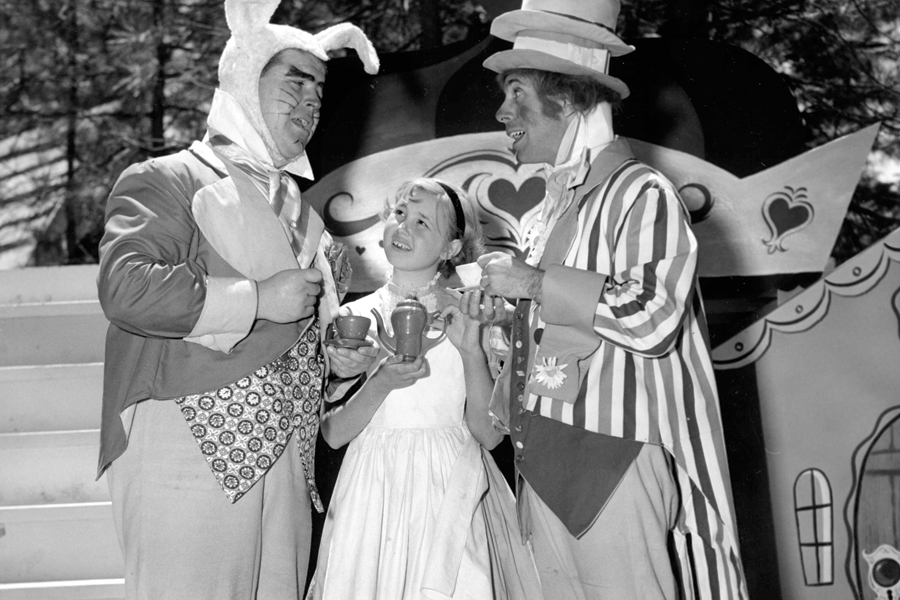
Over the years, Santa’s Village has been home to more storybook characters than just Santa Claus.
In the early 1960s, the village’s entertainment lineup also included Alice, the White Rabbit, the Queen of Hearts, and the Mad Hatter from Lewis Carroll’s classic tale. In fact, the Magic Tree Theatre used to be a walk-through attraction called ”Alice in Wonderland: Through the Magic Looking Glass”.


